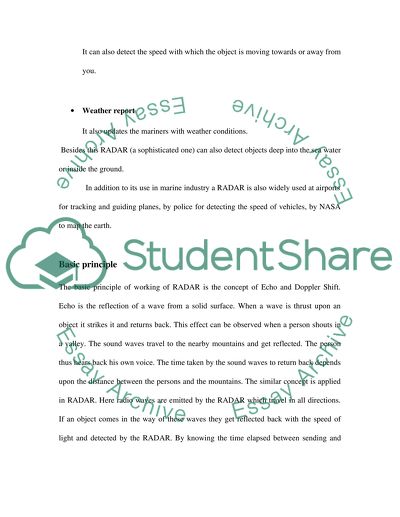Cite this document
(“Electronic positioning system (marine navigational radar) Essay”, n.d.)
Electronic positioning system (marine navigational radar) Essay. Retrieved from https://studentshare.org/miscellaneous/1507762-electronic-positioning-system-marine-navigational-radar
Electronic positioning system (marine navigational radar) Essay. Retrieved from https://studentshare.org/miscellaneous/1507762-electronic-positioning-system-marine-navigational-radar
(Electronic Positioning System (marine Navigational Radar) Essay)
Electronic Positioning System (marine Navigational Radar) Essay. https://studentshare.org/miscellaneous/1507762-electronic-positioning-system-marine-navigational-radar.
Electronic Positioning System (marine Navigational Radar) Essay. https://studentshare.org/miscellaneous/1507762-electronic-positioning-system-marine-navigational-radar.
“Electronic Positioning System (marine Navigational Radar) Essay”, n.d. https://studentshare.org/miscellaneous/1507762-electronic-positioning-system-marine-navigational-radar.


